Skip to Content
- Home
- About
- Services
-
Top Asked
- Change OnePass Password
- Forgot Password
- Enrol in Duo 2FA for new users
- Transfer Duo 2FA to my new phone
- Collect New Staff Account
- Collect New Student Account
- Microsoft Copilot for the Web
- Define Email Address (via Campus Network or CUHK VPN)
- Manage Project / Other Account(s) (via Campus Network or CUHK VPN)
-
News
- Phishing Alert: Are You Available?
- SPSS License Server Availability from 1 Jul
- MATLAB License Server Maintenance on 23 Jul
- APAN60 International Conference – Student Helper Recruitment (28 Jul – 1 August 2025@ Grand Hyatt Hong Kong)
- Elevate Your Cybersecurity Knowledge with IS Awareness Program
- Contact
